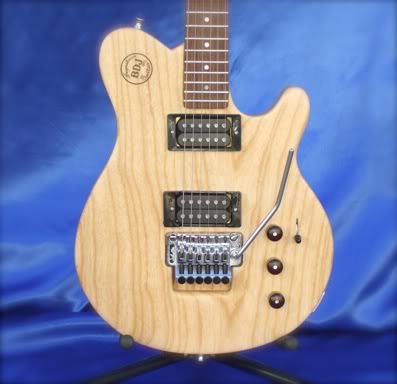
Sure, no contest there...a snug fit is good&sign of quality, it's just too tight a fit I'm leery of being any good.
Over here humidity changes between 20-80%...if we assume over summer the wood moisture might change nearly 10% it means Maple will potentiall swell ~0,1", which is 0,02" more than Ash for instance. Assuming the pocket is on either side, and also ash swells 0,08" with a 10% change in humidity, well it adds up to the neck potentially compressing by around three millimetres(!) which is pretty damn scary in my book. I'd expect something to break already...of course in reality the differences aren't as huge as potentially, but just one look at my hardwood floors cracking open with easily 0,08 cracks between boards in winter...well I do not wish to see that in my guitar.
As far as sustain/tight fit go...I don't buy that either as in my experience for instance neck-thru's don't sustain any better than other, and the best sustaining guitar I ever had was a Jackson with an insanely thin bolt-on neck and a floyd...everything was spelling that thing won't sustain much at all...but it did.
I tested sustains acoustically by dropping a small weight on the guitar, miked the body with a pressure mic behind the bridge and recorded that and compared the resulting wave files...made me re-think much of what I thought I knew of what sustains and what doesn't. Even made an excel sheet of it, but I don't think I have it here. Was part of my debunking of guitar myths project back in around the millenium :-)
Dee
"When life's a biatch, be a horny dog"
Amps: Marshall JVM 410H w/ Plexi Cap mod, Choke Mod & Negative Feedback Removal mod, 4x12", Behringer GMX110, Amplitube 3/StealthPedal
Half a dozen custom built/bastardized guitars all with EMG's, mostly 85's, Ibanez Artwood acoustic & Yamaha SGR bass, Epiphone Prophecy SG, Vox Wah, Pitchblack tuner plus assorted pedals, rack gear etc. for home studio use.





 Reply With Quote
Reply With Quote